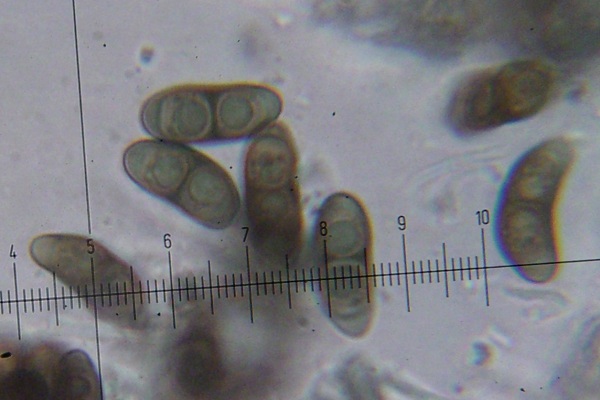Scientists Harvest Electricity from Living Algae Cells

 Stanford University scientists have created a tiny electrode that can harness an electric current from a single algae cell, a breakthrough they hope will one day lead to the creation of an inexpensive source of renewable energy. The nanoelectrode, made of gold and specifically designed to probe inside cells, is so sharp that it is able to penetrate the algae cell membrane without killing the cell. And once inside the cell, it can intercept electrons just after they are energized by sunlight by the photosynthesis process. Researchers hope it is the first step toward developing a “high efficiency” form of bioelectricity. “This is potentially one of the cleanest energy sources for energy generation,” said WonHyoung Ryu, lead author of the paper published in the journal Nano Letters. “But the question is, is it economically feasible?” Possible future steps include experimentation with larger cells and bigger electrodes that can collect more electrons.
Stanford University scientists have created a tiny electrode that can harness an electric current from a single algae cell, a breakthrough they hope will one day lead to the creation of an inexpensive source of renewable energy. The nanoelectrode, made of gold and specifically designed to probe inside cells, is so sharp that it is able to penetrate the algae cell membrane without killing the cell. And once inside the cell, it can intercept electrons just after they are energized by sunlight by the photosynthesis process. Researchers hope it is the first step toward developing a “high efficiency” form of bioelectricity. “This is potentially one of the cleanest energy sources for energy generation,” said WonHyoung Ryu, lead author of the paper published in the journal Nano Letters. “But the question is, is it economically feasible?” Possible future steps include experimentation with larger cells and bigger electrodes that can collect more electrons.
Reprinted with permission from Yale Environment 360









